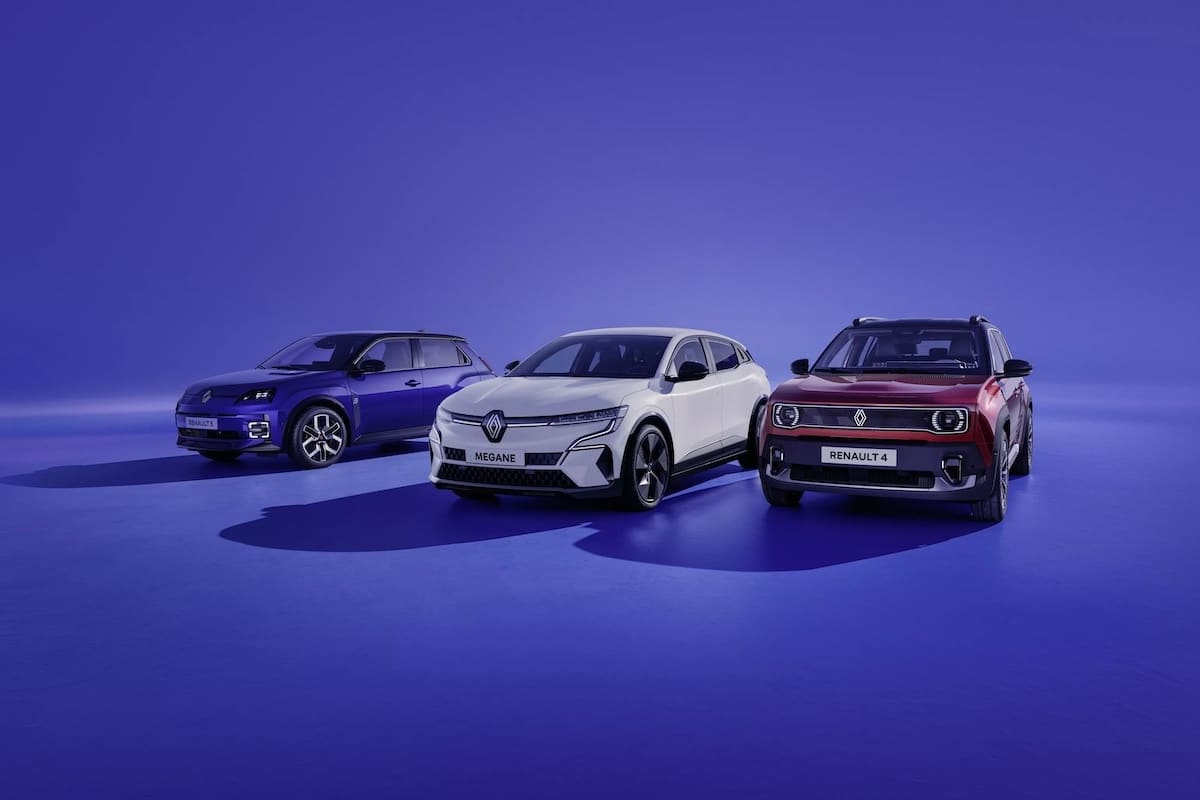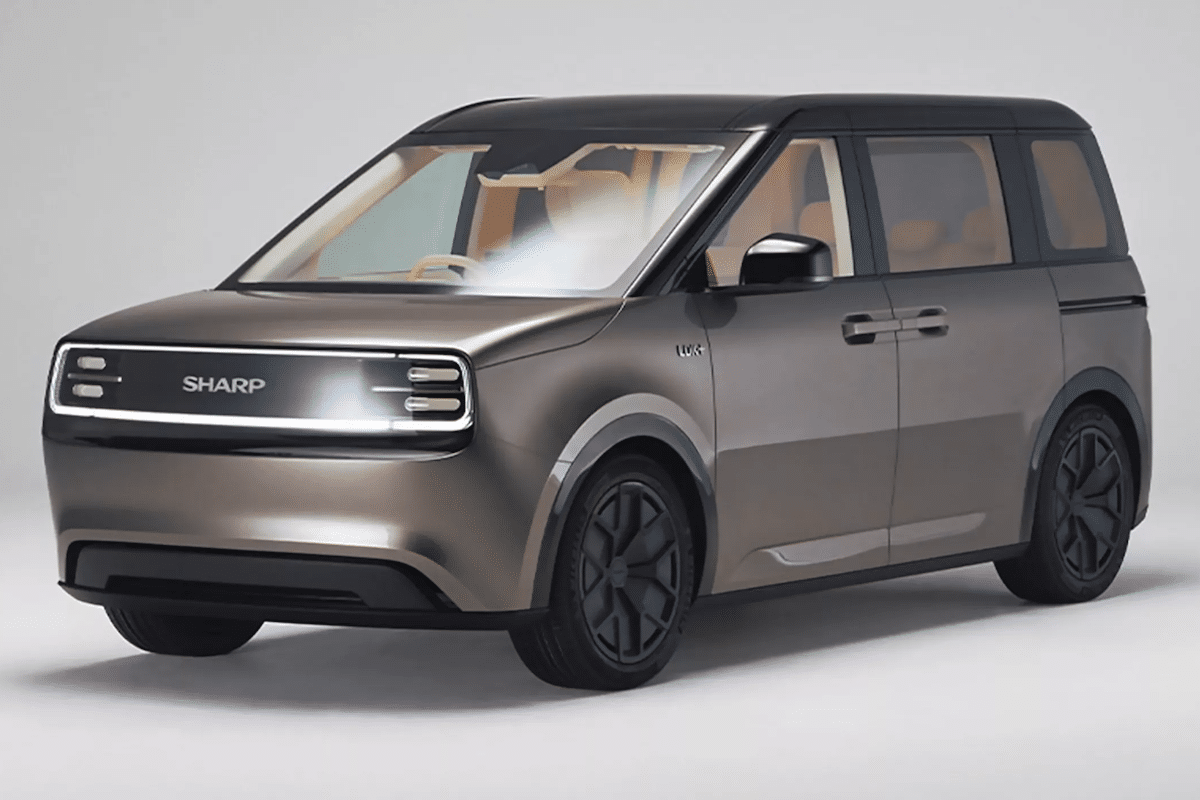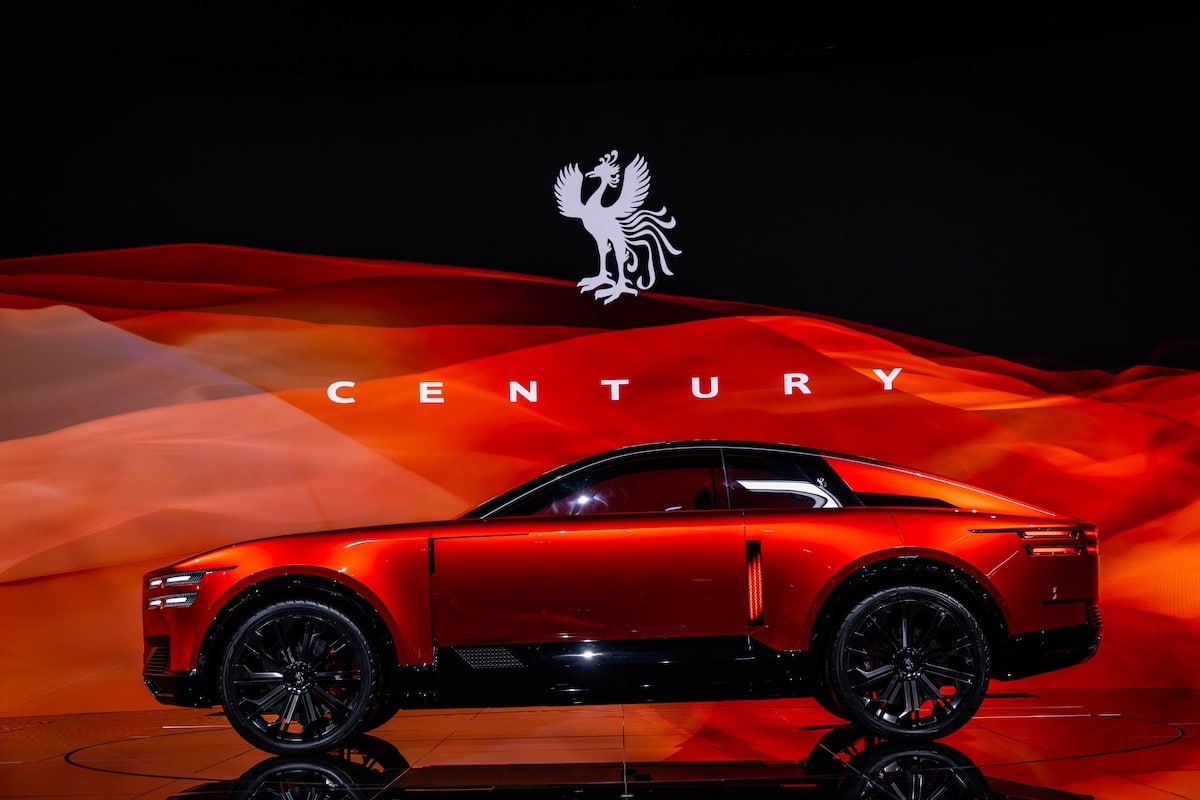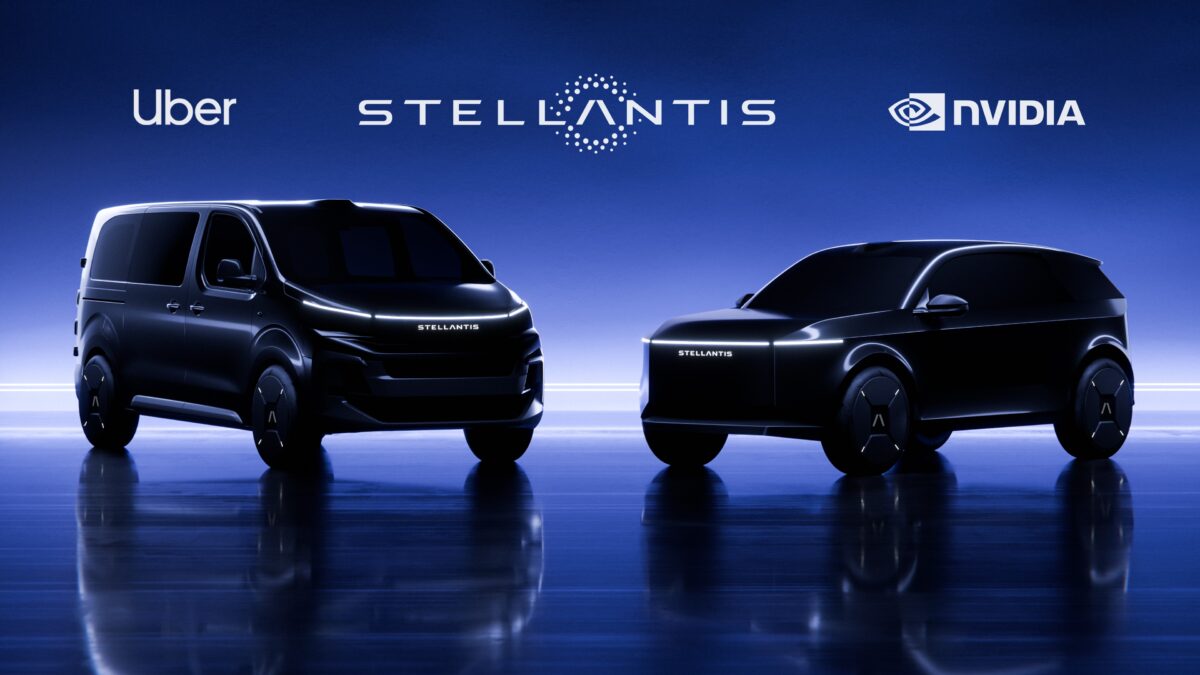Lotus definitively renounces its past
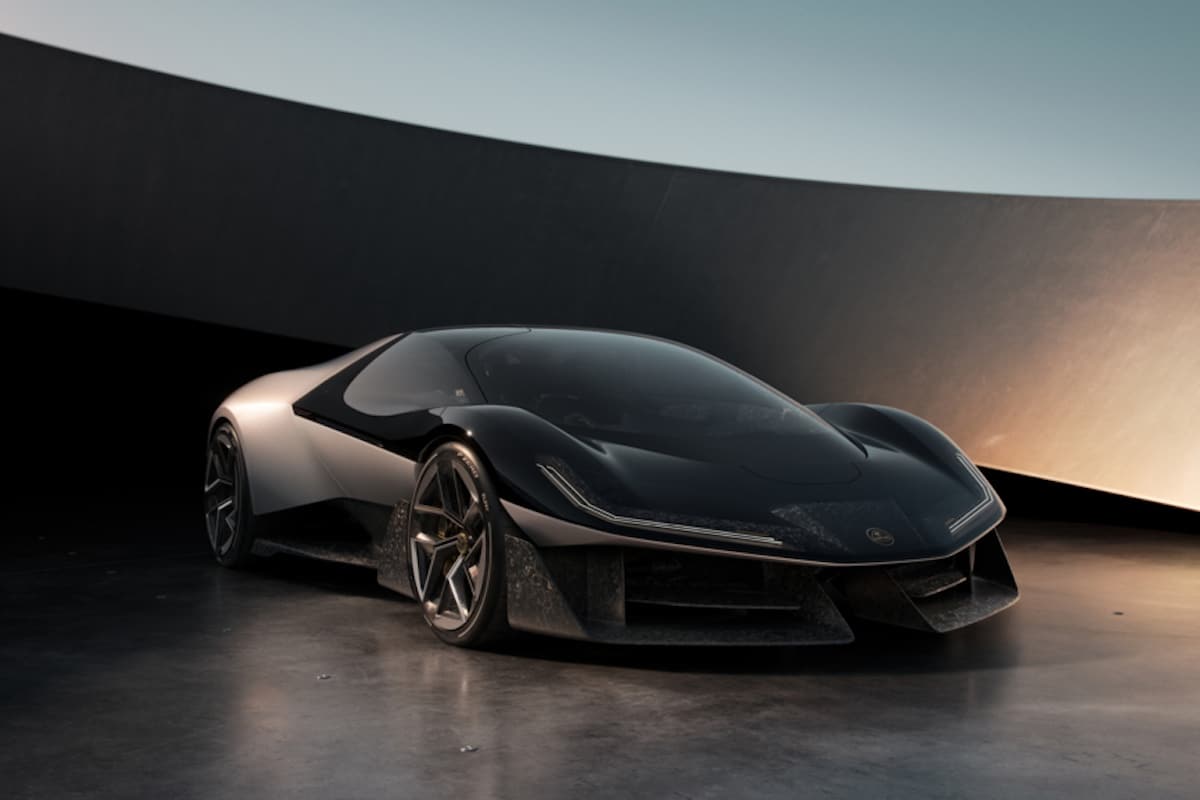
We dreamed of it, Lotus didn’t do it… We were expecting the rebirth of the Elise, and we ended up with yet another very powerful and very heavy supercar with the Theory.
Lotus has therefore presented Theory, its new design manifesto that will form the basis for all future cars from the brand around three fundamental principles: digital, natural, and analog. The lightness, ingenuity, and pleasure that wrote the most beautiful pages of the history of the British brand are no longer on the agenda. A page turns, and an ideal, that of Colin Chapman, fades away.



On the technology side, the concept presents two good ideas. First, a 3-seat layout with the driver placed in the center, reminiscent of the legendary McLaren F1. Then, active aerodynamics with numerous movable elements that reduce drag in a straight line and increase downforce in corners. Additionally, for the first time, the engines and batteries become integral structural components and are an essential part of the chassis. They thus contribute to rigidity and can accommodate certain attachment points for the suspension system. This helps to reduce weight, but in the event of an accident or even a simple breakdown, the repair costs are going to be exorbitant!
Innovation at the service of nonsense
When it comes to innovation, we are served with this concept car, but not necessarily in the way we expected. Notably, the seats feature an adaptive soft and lightweight robotic textile material, allowing the car to communicate with the driver and passengers. Inflatable pockets on the seat and steering wheel can thus act in real-time to provide more support, which is excellent. They can also… indicate when the driver should turn by providing impulses on the left and right sides. In Lotus’s new vision, it is no longer the driver who drives the car but the car that tells the driver how to drive it. In terms of pleasure, we will have to look elsewhere. And if you add lasers to guide the driver and hidden speakers in the headrests to broadcast sounds that virtually enhance the sensations of speed, we are really at rock bottom. You might as well buy a Playstation and a motion simulator; you’ll save money.



So it develops 1000 hp, reaches 320 km/h, goes from 0 to 100 km/h in 2.5 seconds,… but you know what? Frankly, we don’t care. It’s just a high-tech gadget that weighs 1,600 kg, and nothing in what we see seems capable of providing the simple pleasure of driving a car that gives you real, natural sensations without filters. That small moment, even at 50 km/h, where you smile without realizing it because you feel good behind the wheel of an Elise. Sorry, but this Theory cannot claim 76 years of heritage from which it has learned nothing.
ALSO READ: Lotus attempts an Eletre Carbon at $230,000 in the USA
This page is translated from the original post "Lotus renie définitivement son passé" in French.
We also suggestthese articles:
Also read
